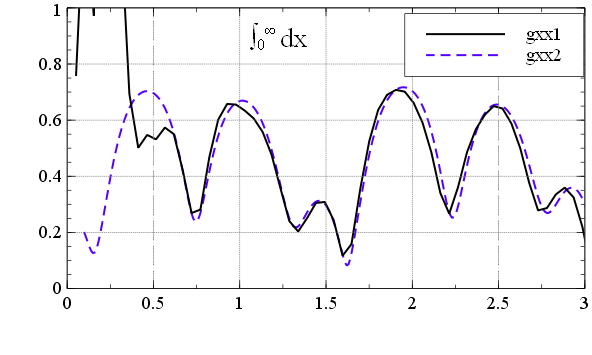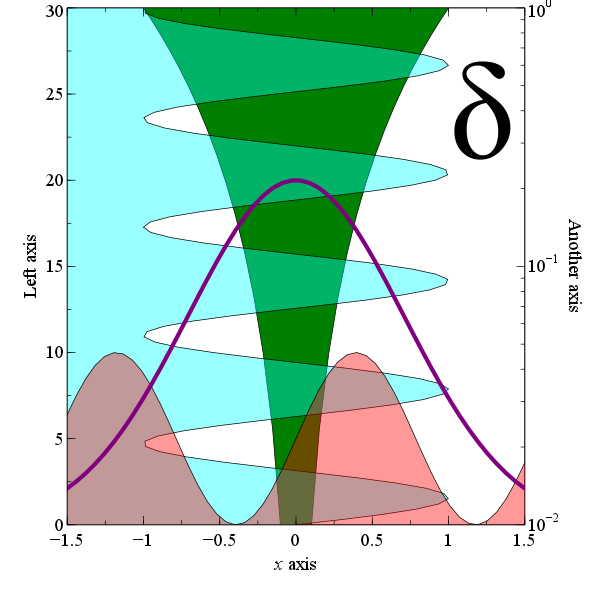

Commonly underscores would be used to replace spaces, but Veusz uses these to start subscripting in text elements, so '.' could be used (see the genome example below where this was done).
VEUSZ UNDERSCORE CODE
The category names must follow Python naming rules, so no spaces or prohibited symbols (however, the R code replaces the operators, +, -, / and *, with tildes). The entries do not need to be sorted by height and there can multiple entries per category. Provide source data in standard Veusz format in a file named, as shown below. Ideally, it should be done with a Python script integrated into Veusz, but this is my solution for now. Of course, this can be done in R directly (using barplot(heights, widths) or R packages, ggplot or mekko and the like), however, this does not come with the convince provided by Veusz. So a method using R and Veusz seems to be an easier and more flexible alternative. Labelling the graphs in these examples is particularly awkward. Others describe methods to do this using spreadsheet graphs (e.g., Peltier 2009 1, Schwabish 2015 2), however these are relative complex and are not easily automated.

This is best achieved programmatically, and here R has been used for this task conversion of the raw data and the generation of the initial Veusz plot for subsequent customisation. Converting these to vectors for plotting the x-y traces for each entry could be done in a spreadsheet, but adding each manually to an XY plotter in Veusz could be a bit tedious if there are more than a few entries. Normally, the data for a variable width bar graph consists of three vectors, entry (category), height and width. However, this can be achieved using XY plotters to draw rectangles of variable height and width, either a single rectangle or a series of rectangles with the same properties/formating (such as line and fill colour) for each data category. Currently Veusz does not directly facilitate such graphs. Variable width bar graphs (or column charts) are used in various technical disciplines.


 0 kommentar(er)
0 kommentar(er)
